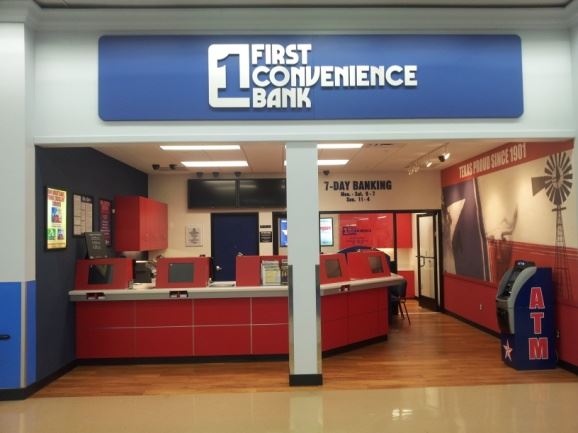A report that came out last month that identified those banks that made the largest percentage of their total income from overdraft fees – the fees banks charge customers when they overdraw their account. These fees are generally $25-40 per overdraft regardless of the amount the customer overdraws the account and, perhaps obviously, disproportionately affect those who live paycheck to paycheck and are often running low on cash. There is also a history of banks manipulating transactions in such a way as to maximize these fees.
The banks named in the report were not household names – at least not to me. However, five of those banks are apparently well known to WalMart shoppers. Those banks – Fort Sill National, First Convenience, Academy, Woodforest National and City National Bank and Trust Company – are also the five banks with the most branches in Wal-Mart stores across the country.
These banks obtain about 10 times as much of their revenue from overdraft fees as the average full-service national or regional bank. Now, these banks may provide banking services primarily to individuals who would not otherwise have access to a full service bank. If so, the higher risk associated with those types of accounts might explain the discrepancy. And because having a bank account, even an expensive one, is both a virtual necessity and a far better financial plan than trying to exist on cash, money orders and pre-paid cards, if these banks are your only option they may also be your best option.
However, keep in mind that not all banks are the same. If you have options as to where to bank, shop around for banks that provide free-checking and low fees if you should slip up. While the convenience of having a branch in the store where you buy your groceries or other sundries is not without value, you should consider it in light of the cost of banking at these institutions.
Photo: First Convenience Bank new branch location inside Fort Worth, TX, Wal-Mart.
